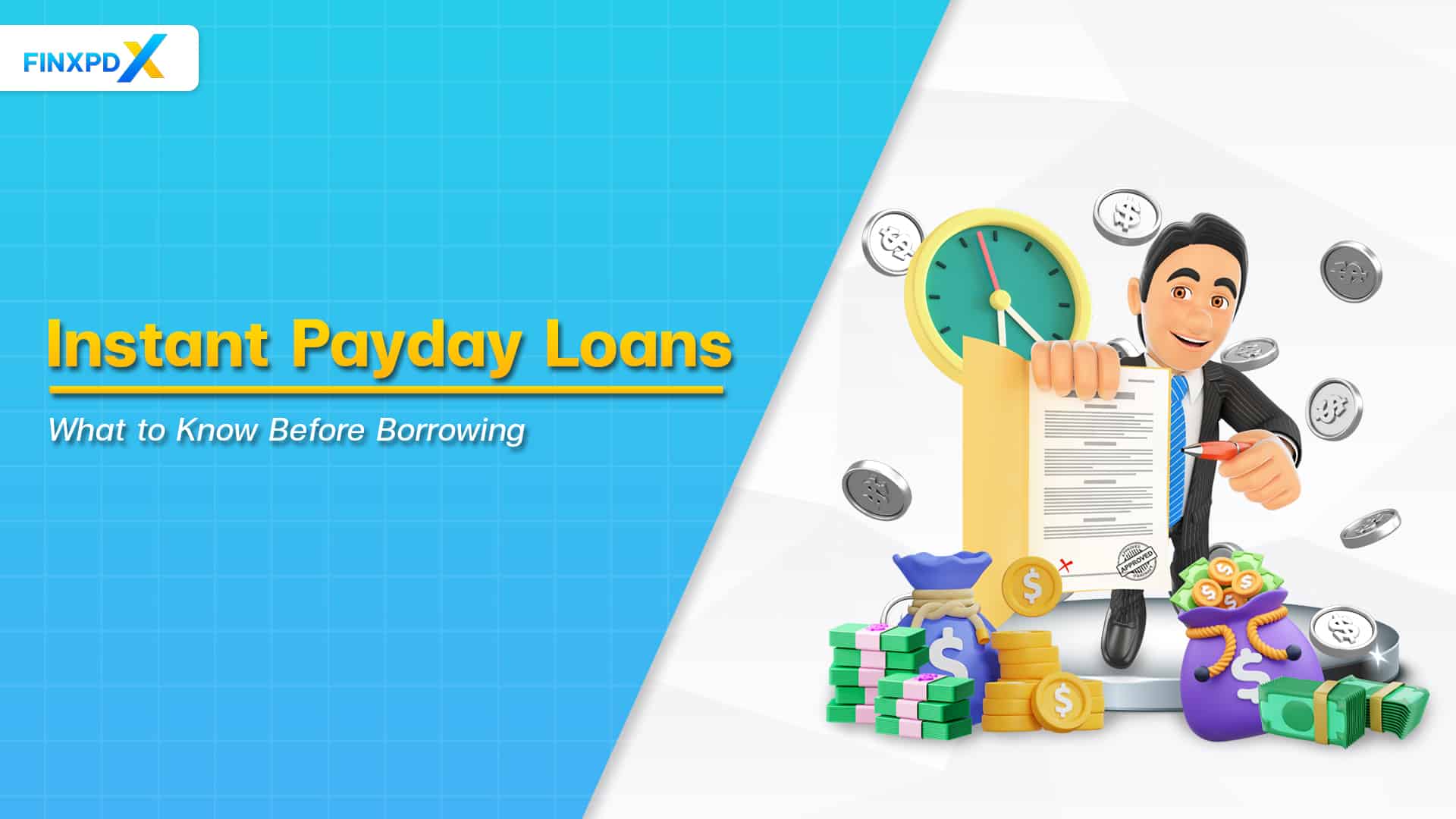Gratuity funds are an essential component of employee benefits, designed to provide financial security and stability to employees when they leave a company after a long tenure. These funds are a token of employer appreciation for the years of service and dedication employees have contributed. Understanding gratuity funds is crucial for employees and employers to ensure they are adequately prepared for retirement and can maximize their financial benefits. In this guide, we will explore the concept of gratuity funds, their eligibility criteria, their importance in retirement planning, and practical strategies to increase your gratuity fund.
What Is Gratuity Fund?
A gratuity fund is a financial benefit employers provide their employees as a gesture of gratitude for their long-term service. This fund is typically paid out when an employee retires, resigns, or is terminated after completing a specified period of continuous service, often five years or more. The primary objective of this fund is to offer financial support and stability to employees after their tenure with the company ends.
Gratuity funds are governed by statutory provisions in many countries, ensuring that employees receive this benefit in a fair and regulated manner. The gratuity an employee is entitled to is generally calculated based on their last drawn salary and the years they have worked for the company. For example, the calculation formula might be:

This calculation of the last drawn salary typically includes basic salary and allowance, if applicable. The fraction of 15 over 26 is 15 days of salary for every completed year of service, with 26 being the number of working days in a month.
Employers can manage gratuity funds by creating a dedicated trust fund for regular contributions. These contributions are then invested and used to pay out gratuity benefits as and when employees become eligible. By doing so, companies ensure they are financially prepared to meet their gratuity obligations without straining their finances.
Key Takeaways
- A gratuity fund is a financial benefit employers give employees as a gesture of appreciation for their long-term service.
- Employees must complete at least five years of continuous service to qualify for a gratuity fund.
- The gratuity amount is calculated using a specific formula based on the employee’s last drawn salary and years of service.
- Gratuity funds are crucial in ensuring financial stability and support during retirement.
- Companies manage gratuity funds through dedicated trust funds, ensuring financial preparedness to meet their obligations.
Eligibility Criteria for Gratuity Fund
To be eligible for a gratuity fund, employees must meet specific criteria that generally include the following key points:
1. Minimum Service Period
Employees typically must complete at least five years of continuous service with the same employer to qualify for gratuity. This period can vary depending on the country’s labor laws and company policies. However, in cases of death or disability, the five-year rule is often waived, and gratuity is paid regardless of the length of service.
2. Continuous Service
Continuous service refers to an uninterrupted period of employment. While some breaks are permitted, such as leaves sanctioned under the company’s leave policy, unauthorized or prolonged breaks may affect the continuity of service.
3. Termination of Employment
Gratuity becomes payable upon employment termination, including retirement, resignation, superannuation, or death. Employees may forfeit their right to receive gratuity in the case of termination due to misconduct.
4. Types of Employees
Gratuity applies to all employees, whether full-time, part-time, or contract-based, provided they meet the minimum service period. However, the specific gratuity fund rules and eligibility may vary based on the type of employment and the employer’s gratuity policy.
5. Specific Company Policies
Some companies may have additional criteria or conditions for gratuity eligibility, such as performance benchmarks or specific employment categories. Employees should review their employment contracts and the company’s gratuity policy for specific provisions.
6. Exceptions
Certain exceptions apply, such as in the case of fixed-term contracts or when employment is terminated due to reasons beyond the employee’s control (e.g., company closure). Additionally, employees in specific sectors or industries may have different eligibility requirements based on collective bargaining agreements or industry norms.
The Importance of Gratuity Fund in Retirement Planning
Gratuity funds are crucial in retirement planning, offering financial security and stability. These funds provide a lump sum payment upon retirement or resignation, helping retirees manage expenses and maintain living standards. As supplementary income, gratuity funds complement other retirement savings, enhancing financial plans. They reward employees’ loyalty and long-term service, boosting morale and providing tangible post-retirement benefits.
Gratuity payouts are attractive components of retirement planning. They encourage long-term employment, benefiting both employees and employers. Additionally, this fund act as a hedge against inflation, helping retirees handle rising living costs. For employers, offering a gratuity fund shows care for employees’ welfare and improves the company’s culture and reputation. Overall, gratuity funds are crucial for a secure and comfortable retirement.
5 Strategies to Increase Your Gratuity Fund
Increasing your gratuity fund requires strategic planning and an understanding of how the fund works. These are five effective strategies to maximize your gratuity fund:
1. Understand Your Company’s Gratuity Policy
Employees should familiarize themselves with their employer’s gratuity policy and their country’s statutory regulations governing gratuity. Knowing the rules and how gratuity is calculated can help you plan better and ensure you receive the maximum benefit.
⚠️Tip: Keep updated with statutory regulations on gratuity. Regulations may vary by country or region.
2. Negotiate Terms
During your employment negotiations, consider discussing gratuity terms. You should aim to negotiate a higher basic salary, as gratuity is typically calculated based on your last drawn salary. A higher basic salary can result in a more substantial gratuity payout.
3. Aim for Long-Term Employment
The benefits of long-term employment extend beyond job security. The longer you stay with a company, the larger your gratuity fund will grow. Gratuity amounts increase with the number of years of service, so aiming for long-term employment can significantly boost your fund.
4. Optimize Your Salary Structure
Gratuity is calculated based on your basic salary and dearness allowance (if applicable). Ensuring your salary structure has a higher basic component can lead to a higher gratuity. Discuss structuring your salary with your employer or HR department to optimize gratuity benefits.
5. Invest Wisely
In addition to relying on your employer’s gratuity payout, consider supplementing your retirement corpus through personal investments. Diversifying your retirement savings with investments in mutual funds, fixed deposits, or other financial instruments can provide additional financial security and enhance your overall retirement funds.
Conclusion
Gratuity funds are crucial to employee benefits, providing financial security and stability post-retirement. Understanding the concept of gratuity, the eligibility criteria, and the importance of these funds in retirement planning can significantly impact an employee’s financial well-being. You can maximize the benefits by strategically enhancing your gratuity fund through policy understanding, terms negotiation, long-term employment, salary optimization, and wise investments.
A well-managed gratuity fund will reward and ensure a more comfortable and secure retirement from the long-term service they receive from their employees. Proper planning and informed decisions are key to maximizing this valuable benefit.
FAQs
A gratuity fund is a financial benefit provided by employers to employees as a token of appreciation for their long-term service. It is typically paid out upon retirement, resignation, or termination after completing a specified period of continuous service, often five years or more.
The gratuity amount is calculated based on the employee’s last drawn salary and the number of years they have worked for the company. The common formula used is: Gratuity = ( Last Drawn Salary x Years of Service x 15 )/26
Gratuity is partially taxable depending on the amount received and the country’s tax laws. In many countries, a certain portion of the gratuity received is tax-exempt, while the remaining amount may be subject to taxation.
Companies manage gratuity funds by creating dedicated trust funds where regular contributions are made. These funds are invested and managed to ensure they are sufficient to meet the gratuity obligations to eligible employees when they become due.
Generally, the training period does not count toward the eligibility for a gratuity fund. Eligibility typically starts from the date of full-time employment, excluding any initial training or probationary period.
Related Articles:
- Contra Fund: Opposite Direction of the Market Strategies
- Instant Payday Loans: What to Know Before Borrowing
- Shareholder’s Fund: Finding Company Growth Potential
- Umbrella Fund: Simplify Complex Investment Portfolio
Read more: Funds & Loans








